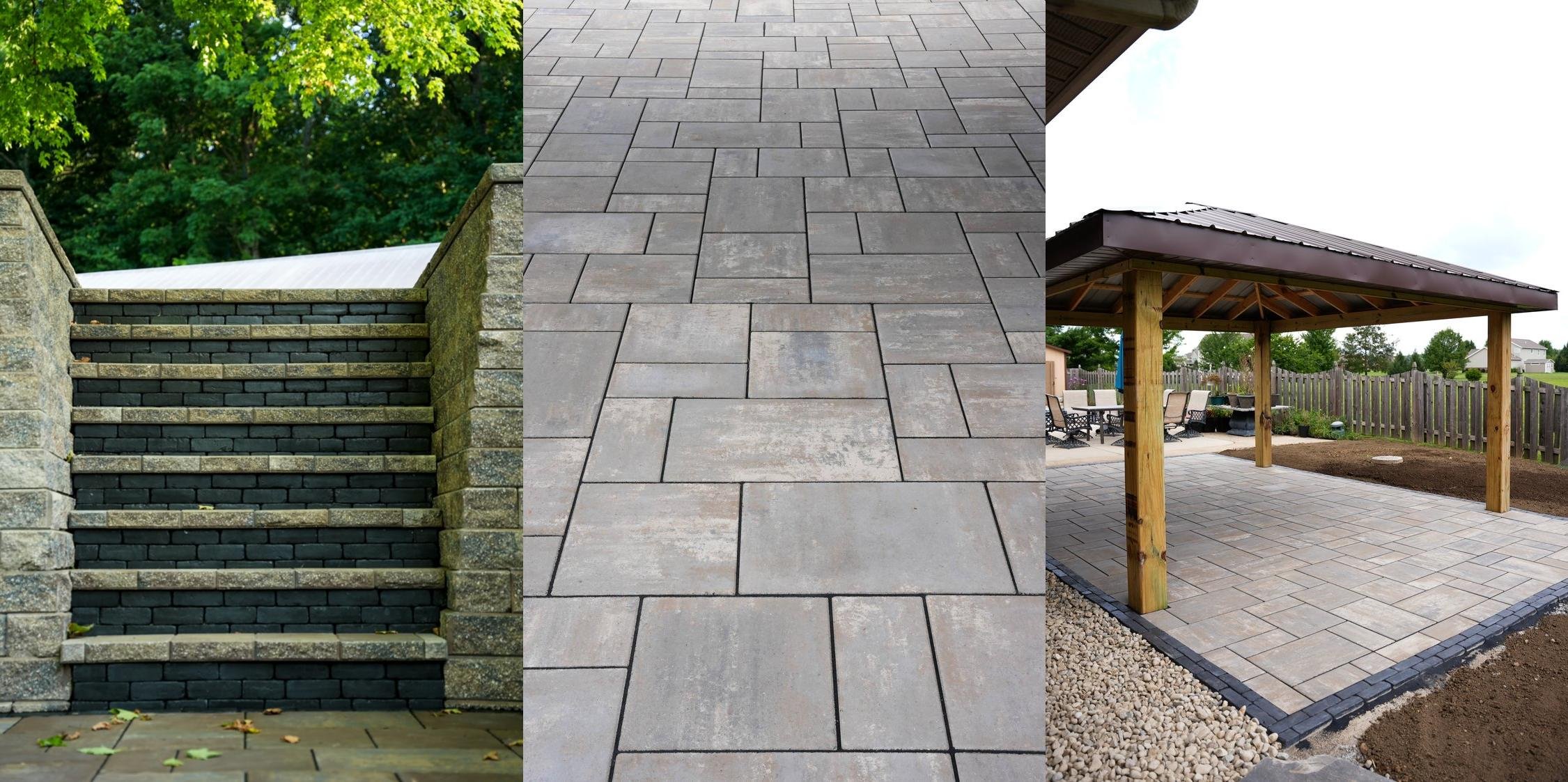How to build a patio.
By Max Eggleston
A patio is a great addition to any outdoor space, providing a functional and aesthetically pleasing area for relaxation, dining, and entertaining. Whether you’re looking to install a small seating area or a large backyard patio, this guide will walk you through the process step by step. By following this guide, you’ll be able to build a durable and long-lasting patio that enhances your home’s outdoor living space.
How Much Does It Cost to Build a Patio?
The cost of building a patio varies depending on the materials, size, and complexity of the design. Here’s a rough breakdown of costs:
DIY Patio: $15 - $20 per square foot
Professional Installation: $30 - $50 per square foot
High-End Patio Designs: $55 - $75 per square foot
Factors that influence cost include:
Material Choice (pavers, concrete, natural stone, bricks)
Building Materials (jointing material, edging, geo fabric)
Excavation & Preparation (leveling, adding a base, and compacting soil)
Labor Costs
Additional Features ( furniture, decor, and plants)
If you’re on a budget, a simple concrete patio is one of the most affordable and durable options.
Which Patio Slabs Are Best?
The best patio slabs depend on your budget, climate, and personal style preferences. Here are some popular options:
1. Concrete Pavers
Cost: $30 – $60 per square foot
Pros: Affordable, durable, and available in multiple shapes and colors.
Cons: Can settle or heave overtime if proper foundation isn’t installed.
2. Natural Stone (Flagstone, Bluestone, or Limestone)
Cost: $50 – $100 per square foot
Pros: Highly durable, beautiful, and adds value to your home.
Cons: Expensive and requires skilled installation.
3. Concrete Patios
Cost: $10 – $15 per square foot
Pros: Clean appearance, durable, and great for driveways, walkways and patios.
Cons: Will crack overtime.
4. Gravel Patios
Cost: $5 – $10 per square foot
Pros: Budget-friendly and easy to install.
Cons: Less stable and requires regular maintenance.
For durability and easy maintenance, concrete pavers are an excellent choice, while natural stone provides a premium, high-end look.
-Hardscapes built by MJS OUTDOORS-
Step-by-Step Guide: How to Build a Patio
Step 1: Plan and Design Your Patio
Choose the patio size, location, and shape.
Consider sightlines from your house and drainage needs.
Select a pattern for your pavers (random, herringbone, or running bond).
Step 2: Mark and Prepare the Area
Use white marking paint or stakes and string to outline your patio. Make sure to excavate at least 6’’ past your designated finished patio line.
Remove grass and excavate 10 inches deep to allow for 6” compacted base, 1” screed layer, and anywhere from 2-4” for your paver or concrete.
Compact the soil using a hand tamper or plate compactor.
Step 3: Add a Base for Stability
Install Geo fabric to separate sub base and compacted stone base. (Woven or Non Woven depending on soil types)
Lay 6 inches of gravel and compact it firmly.
Add 1 inch of bedding for leveling and smooth it out with a screed board.
Step 4: Lay the Patio Slabs or Pavers
Start from a corner and lay the slabs tightly together.
Use a rubber mallet to tap them into place if needed.
Maintain a slight slope for proper drainage.
Step 5: Secure the Patio with Polymeric Sand
Sweep polymeric sand into the joints to lock the pavers in place.
Mist the surface with water to activate the binding agents.
Step 6: Finishing Touches
Install edging to keep the patio secure.
Add patio furniture, outdoor lighting, or a fire pit for ambiance.
Regularly clean the patio to prevent weed growth.
FAQ About Patios
1. How long does it take to build a patio?
A small patio can be completed in 2 days, while larger projects take several days.
2. Do I need a permit to build a patio?
Typically no, but check local building codes. Some areas require permits for large patios.
3. Can I build a patio myself or should I hire a professional?
If you have basic DIY skills, a simple paver patio is a manageable project. For complex designs, poured concrete, or a large sq ft area hiring a professional is recommended.
4. How do I maintain a patio?
Sweep regularly, clean stains, and reapply polymeric sand when needed. Seal the surface every 2-3 years to prevent damage.
5. What’s the best patio material for a low-maintenance option?
Poured concrete and natural stone require the least upkeep.
FAQs About MJS OUTDOORS
1. What services does MJS OUTDOORS offer?
MJS OUTDOORS specializes in landscape design & construction, including hardscapes, patios, paver installations, and outdoor living spaces.
2. Where does MJS OUTDOORS provide services?
MJS OUTDOORS serves Central Ohio, including Dayton, Urbana, Columbus, Bellefontaine, and Marysville.
3. How can I request a quote from MJS OUTDOORS?
Visit www.mjsoutdoors.com and fill out the contact form or call for a consultation.
4. What makes MJS OUTDOORS different from other landscaping companies?
We focus on high-quality, detailed craftsmanship and prioritize customer satisfaction while offering custom design solutions.
5. Does MJS OUTDOORS offer maintenance services for patios?
While we focus on construction, we offer maintenance to keep your outdoor space looking great.
Conclusion
Building a patio is a great way to enhance your outdoor space, and with the right materials and proper installation, it can last for decades. Whether you choose pavers, flagstone, or concrete, following the correct steps will ensure a long-lasting and visually appealing patio. If you need professional help, MJS OUTDOORS is here to bring your vision to life with expert craftsmanship and high-quality materials.
For more information or to get a quote, visit www.mjsoutdoors.com.


